China should be worried about political developments in Vietnam, not economic rivalry
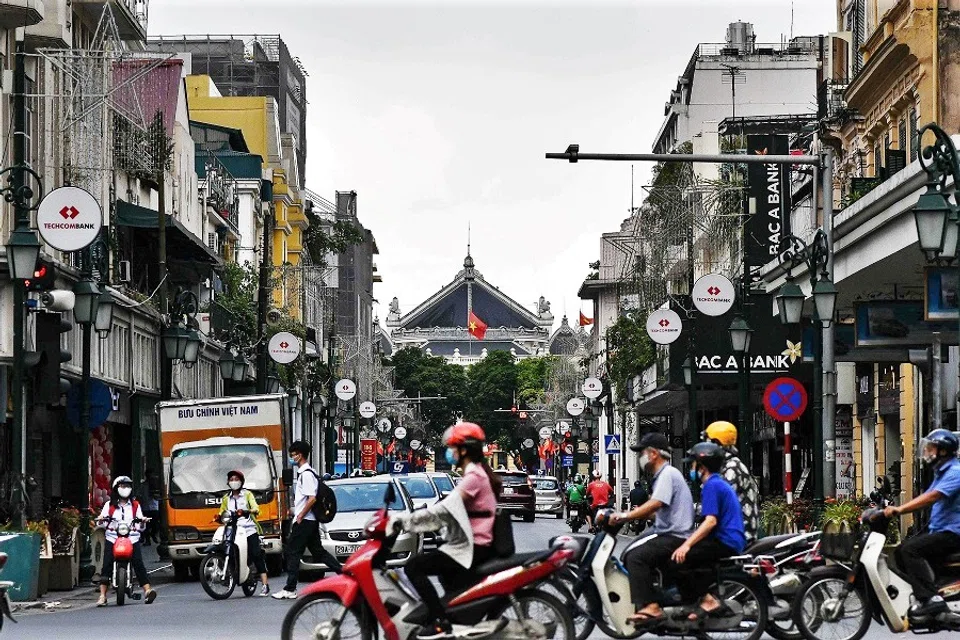
As more and more enterprises set up their factories in Vietnam and the Vietnamese economy is growing rapidly, China must take a very serious look at what this southern neighbour reaps from its reforms.
Most of the world's major multinational corporations have established factories or offices in Vietnam.
Firstly, Vietnam is taking full advantage of the opportunities opened up by the adjustment of the international industrial structure, drawing investors from all over the world to set up shop in Vietnam and help it achieve economic structural transformation.
Secondly, Vietnam is also moving its own geopolitical strategy into high gear, treating China as a rival, and yet at the same time cleverly leveraging on this northern colossus, the world's largest consumer market, to develop its own industrial economy.
Most of the world's major multinational corporations have established factories or offices in Vietnam. This signifies that the MNCs have much confidence in the future of this country. In order to bring its developmental strategy to fruition, Vietnam went so far as to abandon the attractive opportunity to host the Asian Games, just to alleviate domestic tensions. This shows how determined Vietnam is to adjust its own politico-economic structure thoroughly.
...the party (Communist Party of Vietnam) has managed to form a structure of governance that is open and inclusive through strengthening governing power on the grassroots level.

Presently the "four-horse carriage" configuration of Vietnam's highest offices (general secretary of the Communist Party of Vietnam (CPV), president, prime minister, and chairperson of the National Assembly), is already well-established. The modality of direct elections for seats in the National Assembly has also been realised. The Vietnamese policy of democratisation and opening up has empowered the government to deal with domestic social tensions adequately. While the CPV is ostensibly practising a separation of powers, the bigger picture is that the party has managed to form a structure of governance that is open and inclusive through strengthening governing power on the grassroots level. As a result, when major policies and guiding principles are being formulated, the party's political plans can be adequately fulfilled and realised. In reality, this means Vietnam's socio-economic development is sped up through changing the very way the country is run.
The desired development of Vietnam's manufacturing sector runs up against a host of limiting factors, the most dominant one of which is the fact that there are insufficient engineers.
Vietnam sets its sights on Chinese and US markets
Vietnam's policy of attracting foreign investments from all over the world is distinctively characterised by the building of industrial parks. However, Vietnam is still very much an agrarian state with a domestic market of limited capacity. For this reason, in the process of drawing in foreign investments, this would-be powerhouse not only aims at the Chinese market, but also seeks to leapfrog its way into becoming an outward-facing trading nation through expansion into the American market.
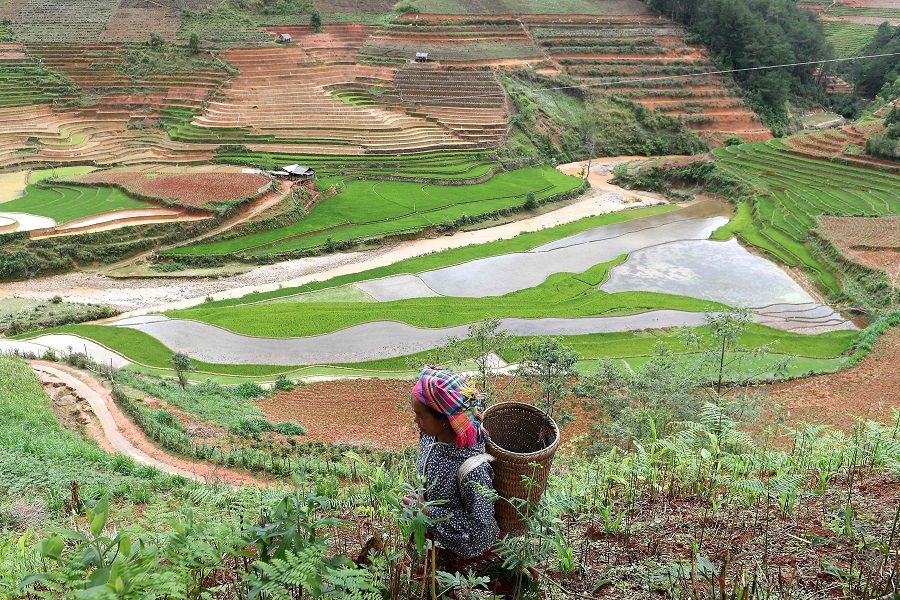
The desired development of Vietnam's manufacturing sector runs up against a host of limiting factors, the most dominant one of which is the fact that there are insufficient engineers. Due to the backwardness of foundational education in this country, it would be extremely difficult to cultivate a large number of technical workers and engineers within a short time.
Aware of this, the Vietnamese government has chosen not to run on its weaker foot, but to focus on what it does best. On one hand, it makes use of China's technology and finances to set up factories in Vietnam and train numerous technical workers; on the other hand, it also leverages on China's consumer market and the gesture of peace extended by America, increasing its exports to the US, so as to achieve rapid economic transformation within a very short time.
When it comes to participating in the international division of labour, Vietnam is wading in deeper and faster than India.
On the matter of Vietnam's plans for economic development, there are different views in academia. One maintains that there are tremendous international risks in Vietnam's outward-facing economic development policy - a shift in the international financial (or trade) market may land the national economy in a devastating situation. But there are also scholars who believe that the Vietnamese policy of reforming and opening up the economy is totally on the right track. If it were to rely on its domestic market alone to achieve economic transformation, the Vietnamese economy would gradually slow down in its growth. That's because it is unrealistic to raise the Vietnamese's per capita income within a short time. Only by participating in the international division of labour and through active integration into the international market can the realisation of rapid economic development be assured.
When it comes to participating in the international division of labour, Vietnam is wading in deeper and faster than India. The Indochinese go-getter is figuring out a direction for its own development through such involvement. Nevertheless, as things stand now, Vietnam is low on resources. Although the manufacturing sector is being beefed up quickly, the profits gained here are limited. The main purpose of attracting foreign investments is really to nurture technical workers. Vietnam may select advantaged industries, and then dig into international pockets to build up its own industrial systems within the shortest time frame.

Vietnam has quite an uncommon mode for its primitive accumulation of capital. Being close to the South China Sea, Vietnam makes full use of finances and technology from the West to extract oil in these waters, which is how it accomplishes primitive accumulation. Currently, exported oil and natural gas contribute to over 30% of the country's fiscal revenue. Should this situation continue, Vietnam might actually become solely reliant on energy exports.
It is on the back of such primitive accumulation that Vietnam hopes to transform from an agrarian state to an industrial country as fast as possible. Add to that the streamlining of governance, the devolution of authority, the reform of the political system, the active promotion of economic development, and we can see how Vietnam is striving to be the fastest developing country in Southeast Asia economically.
What China does need to worry about is Vietnam's reform of its political system.
Vietnam's rapid growth a threat to China?
As more and more enterprises relocate to Vietnam, people are now concerned about whether or not this would have an adverse impact on China's economic development. But let's not forget that it was the Chinese province of Guangdong itself that was partially responsible for causing a slew of factory relocations to the Indochinese republic when it famously put forth the policy of "emptying the cage, changing the birds" (a switch to higher-value industries). The whole trend undoubtedly represents an excellent opportunity for Vietnam's economic development. However, the output value of Vietnam's processing industry is highly limited. Why does the Vietnamese government bring in foreign investments in the first place? The reason possibly has more to do with solving the unemployment problem and nurturing technical workers. With this understanding in mind, there is no need for China to worry about Vietnam pulling ahead in the race.
Vietnam's political reforms worth a study
What China does need to worry about is Vietnam's reform of its political system. This is where Vietnam is putting in serious effort, hoping to thoroughly model its political system after that of the West and strengthen its bond with the Western countries. As a socialist state, Vietnam's introduction of a system of government based on the separation of powers (a la the Western countries) is bound to lead to fracture on a national level.
Currently, in southern Vietnam, members of middle-class households are already completely westernised in terms of both ideology and lifestyle. The CPV's control over the south is waning quickly.
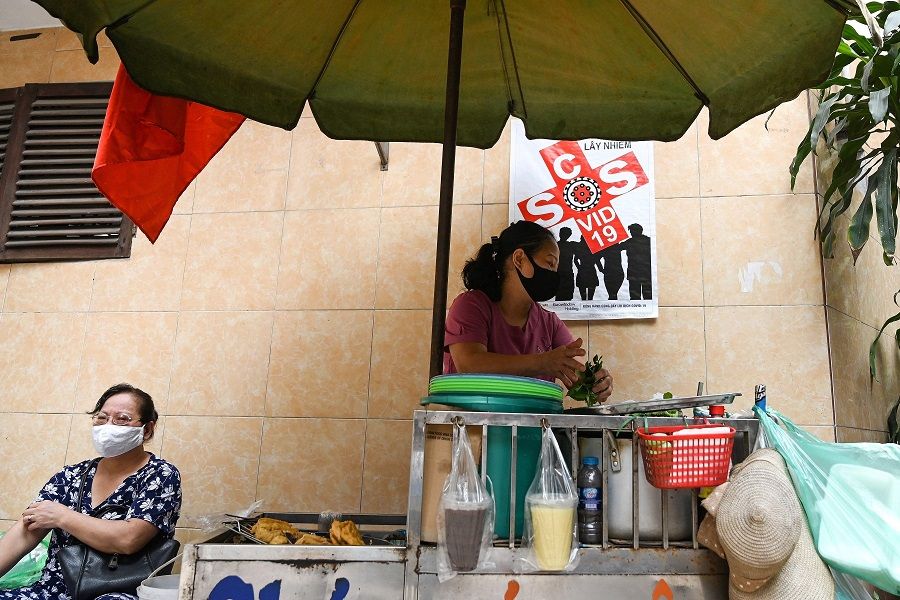
Even so, at this point in time, the CPV still has a firm grip on political power on all levels. This is partly due to Vietnam's relative mono-ethnicity, by virtue of which there is no obvious ethnic discord within the country. Another reason is that the party has been controlling the tempo of its reforms effectively by making use of external pressure. Suppressive measures are implemented against populism and extreme nationalism within the country when necessary, thus enabling the Communist Party-led political system not to stray from its normal course.
As the pace of privatisation picks up, as Vietnam's middle-class demographic expands, the reform of the political system may lead to the CPV digging its own grave. Currently, in southern Vietnam, members of middle-class households are already completely westernised in terms of both ideology and lifestyle. The CPV's control over the south is waning quickly.
Nevertheless, if serious ideological differences surface and the infiltration by the West continues, a colour revolution may eventually break out in Vietnam.
The greatest issue that Vietnam faces is this: if individual-based capitalism is allowed to develop rapidly, the country's political system will necessarily see an upheaval at some point. How should the CPV play the role of the leader in the historic transformation that is to come, and avoid the kind of tragedy that befell the Communist Party of the Soviet Union? That is the question that the CPV needs to consider.

At least for now, the CPV is still in control of the National Assembly and other organs of state power. Although challengers to the powers that be have emerged in the direct elections, they remain inconsequential in the National Assembly. The electors still think of the CPV as being on their side. The political life of the Communist leadership is not over yet. Nevertheless, if serious ideological differences surface and the infiltration by the West continues, a colour revolution may eventually break out in Vietnam.
"Use and discard" policy
The path that Vietnam has chosen is actually one of capitalist development. Going by the policy of "use and discard" towards Vietnam, the US exploits every means to get the Indochinese republic on its side, all in the hopes of creating trouble for China in the South China Sea. As for Vietnam, leaning towards America has much to do with gaining control over more of the oil and natural gas resources in those waters.
The existing relation between Vietnam and the US - in which each side makes use of the other for its own gains - will not see any substantial change in the short term. Through comprehensive infiltration of the country, the US hopes to help the young people of Vietnam bring about an ideological transformation. It will not be surprising at all if the young were to challenge the CPV one day, resulting - through elections - in the emergence of many National Assembly members who are not of the Communist Party. This would only be an inevitable result of Vietnam's reforms.
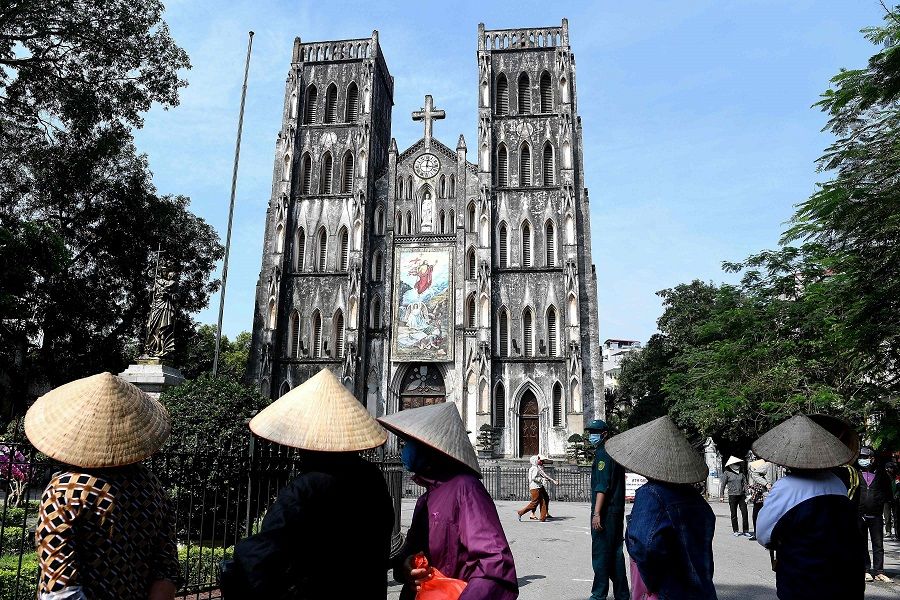
Presently, some of the guiding principles and policies adopted by the CPV apparently revolve around matters of economic development. This is absolutely the right way to go if one thinks in terms of the need to elevate the country from economic backwardness speedily. Having said that, as the gap between the haves and have-nots widens constantly, as corruption in the bureaucracy comes to light from time to time, the CPV itself can expect to become a target of reforms sooner or later.
If Vietnam's leaders are not going to put in great efforts towards resolving this problematic imbalance, driving their reforms forward any harder is destined to jeopardise themselves
The leaders of the CPV seem confident about controlling their country, but reforms typically unfold according to their own logic and rules. Without an insistence on socialist public ownership, the people of Vietnam would turn their backs on their Communist Party sooner or later.
As it is clear to all, the Vietnamese economy is susceptible to great fluctuations because the country has adopted an outward-facing economic development policy. Vietnam is becoming the factory of the world, but it faces an enormous challenge when it comes to nurturing more technical workers and building a workforce of engineers. Without access to strong foundational education, much of Vietnam's rural parts is still the epitome of an agrarian society, while the modernisation of a handful of industrial cities like Hanoi and Ho Chi Minh City brings into sharp contrast the imbalance in the country's economic development. If Vietnam's leaders are not going to put in great efforts towards resolving this problematic imbalance, driving their reforms forward any harder is destined to jeopardise themselves - the harder they push, the more acute domestic discord would become, and thus the shakier the CPV's foundation of power would be.
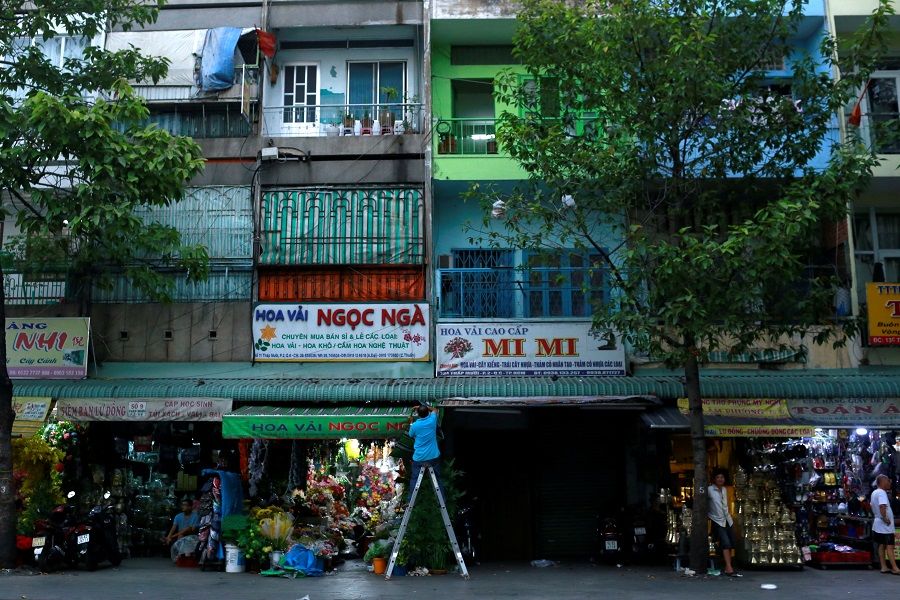
China hopes that Vietnam will stick to a foreign policy marked by independence, autonomy and self-reliance. However, in recent years, the Vietnamese foreign policy of "befriending the far away and attacking the near" has become increasingly obvious. The country is strengthening its relations with the US and Japan, and has actively joined evolving versions of the Trans-Pacific Partnership (now the Comprehensive and Progressive Agreement for Trans-Pacific Partnership after the former was scuttled after the US withdrew from it in 2017) , seeking to secure more room for development amidst the clash of titans, so to speak. However, given that the US waves its big stick of trade protectionism even at long-time strategic allies like Japan and South Korea, Vietnam's significant trade surplus with the US cannot possibly sit well with Uncle Sam.
America's decision to impose punitive tariff hikes on Vietnam's exports to the US is a harsh blow to the rising star of Indochina. That's because the US has already withdrawn from what was the Trans-Pacific Partnership. It will not be picking up more commercial gains from this region even as Vietnam strengthens its military cooperation with the US and Japan.
The US is merely bolstering its own military presence in the South China Sea, seeking to incite an arms race in these waters. With its limited fiscal capabilities, Vietnam has no choice but to purchase American and Russian armament. This is an inevitable consequence of Vietnam's geopolitical strategy of "befriending the far away and attacking the near" - a consequence that it surely finds undesirable. While we should continue to keep an eye on where the democratic politics and economic systemic reforms are taking Vietnam to, we can be sure of one thing: a nation undergoing social transformation must bear the birth pangs of history. It was true for the Soviet Union, just as it was for the East European countries. Now Vietnam is to go through the same.
Related: US aircraft carrier visit and Vietnam's delicate balancing act | Vietnam's cautionary tale on benefiting from the trade war and the BRI | ASEAN's future: China or the US? | Wake-up call for ASEAN countries: Curb over-reliance on China and seize opportunities of global supply chain restructuring
